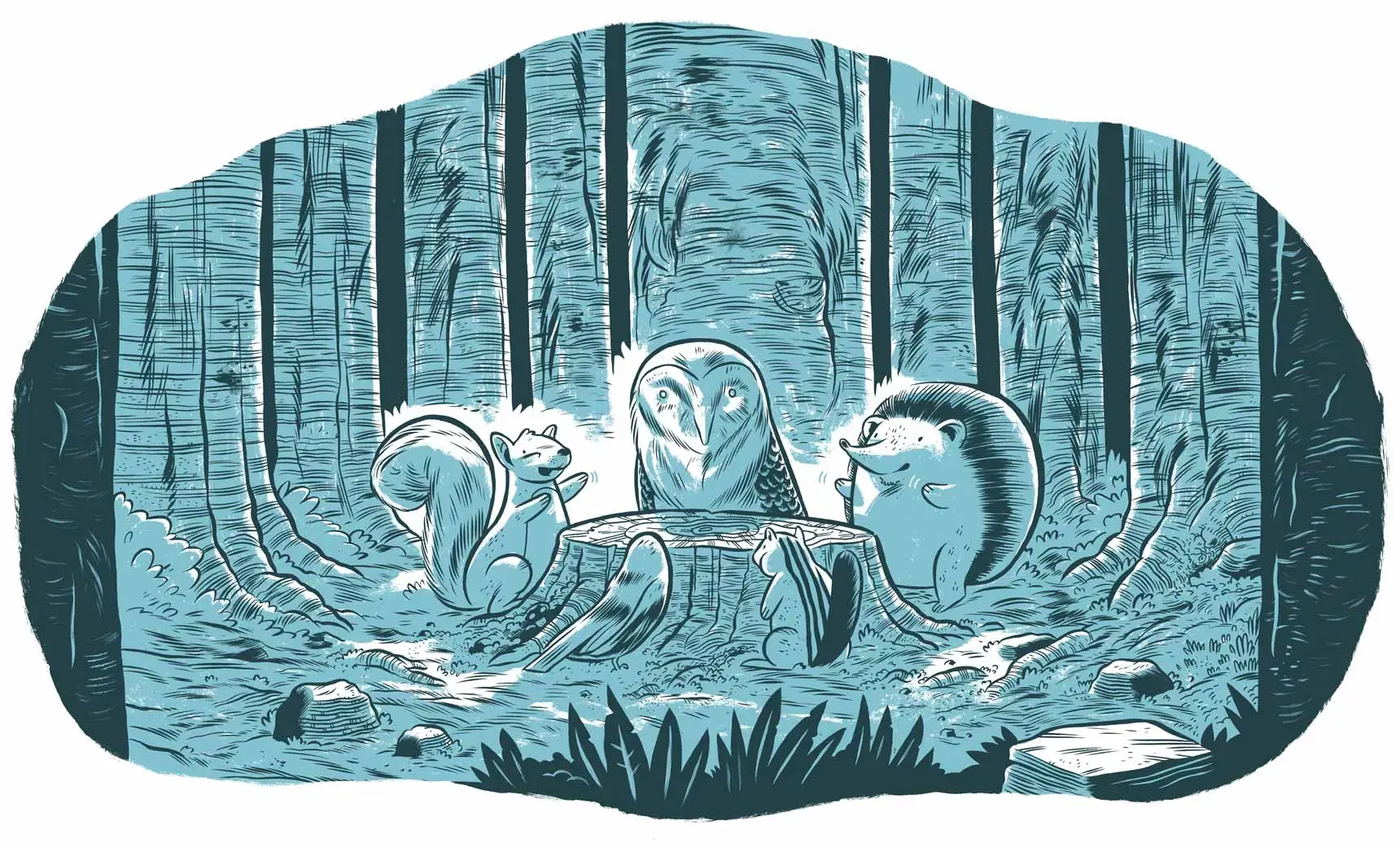Our understanding of design is perpetually in flux. Over the years design has transitioned from print and typography to web design, communication design to interaction design, user experience design to information design and design thinking. The space of design expands to encapsulate all these areas, while simultaneously formalizing specialized methodologies.
Design is a process; it no longer refers only to static artifacts or visualizations. Design is a craft as much as it is a way of thinking and interacting.
At DockYard, the design and development teams work closely together in an open dialogue, problem solving and giving real time feedback. Functionality and usability are built to work with one another, and it is this exchange of ideas, the conversation, that allows for the success of this interdisciplinary collaboration. There is no hierarchy of thought; each person brings personal experience and skill that contributes to a richer shared understanding. Many in the design world have begun to formalize this process - identifying these as environments for “innovation”.
The success of design, however, doesn’t lie in the adherence of these systems. As much as we may reflect on the process of design - it remains a real time activity. Visual design, UI/UX considerations, and software engineering are all skills that come second to the ability for a team to work together. Through conversation, articulation, and modeling, we design the way in which we confront social complexities and wicked problems that exist as a result of differing perspectives. DockYard’s internal process is sensitive to these considerations, but doesn’t attempt to formalize its methodology, as problem solving is unique to each individual circumstance.
The static, active, and meta states of design exist simultaneously layered within one another. When we invest in understanding one another, we truly embody what it means to design for experience, interaction, perception, emotion, and cognition. To “design the process of design” is simply to be curious, present and engaged in all that we do.
Richard Wurman’s explicit philosophy resonates with me a great deal. His approach to life is a demand to embrace a lack of understanding; a mentality that allows you to ask questions, to start at the beginning. It liberates you to say “I don’t know what you mean” or “I don’t know much about that” - something we are unfortunately as a society not encouraged to do - much to the detriment of learning and individual understanding. These fears exist in work environments, classrooms, within relationships - we so often are made to feel inadequate if our understanding doesn’t match another’s (or our own) expectations.
The collaborative nature of design reacts against these pressures. We each bring unique understanding, but it is our humility, interest in others and in experience, and the value we place in the exchange of ideas that makes design a powerful thing.


